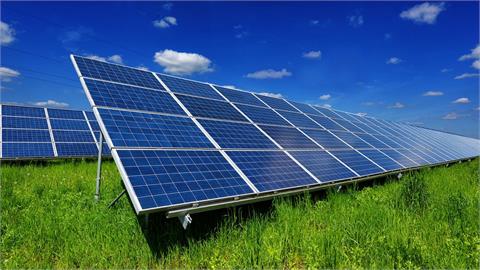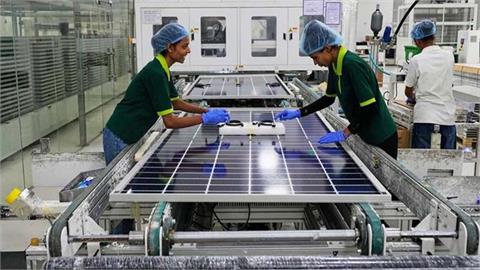The Organization of Petroleum Exporting Countries (OPEC) has said it expects oil prices to recover to $70 a barrel by 2020. The oil cartel, which has not shown any signs of cutting production, said oil prices would begin to rise next year and, longer term, would rise due to higher exploration costs. It expects the market share of OPEC producers to shrink by 2020, as rivals prove more resilient than expected. OPEC currently accounts for about 30% of the world’s oil production, down from 50% in the 1970s.
Prices have fallen from more than $110 a barrel in the summer of 2014 to less than $37 a barrel now due to oversupply and slowing demand.
On December 24, the oil price staged a pre-Christmas rally, on the back of the report from OPEC and better-than-expected inventory data. International benchmark Brent crude had fallen to below $36 a barrel on December 22, the third consecutive session it had hit a new 11-year low. On December 23, it began to lift and rose to around $36.50, before the latest data from the US energy watchdog gave the upward move an added push.
The data from the Energy Information Administration showed US stockpiles fell by around 5.8 million barrels last year, far better than the 1.1 million rise expected, which helped ease concerns about oversupply. Brent was at $37.70 this morning.
Chris Weafer, a partner at Macro-Advisory, a Moscow-based consultancy, told New Europe that he believes the price of Brent crude will move lower over the short to medium term and will likely stay in the low $30’s per barrel in the first quarter of 2016. "I then see the probability of a modest recovery by mid-year and Brent ending the year closer to $50 p/bbl. I forecast a full year average price of $44 for Brent,” he said.
"The reasons for the weak outlook over the near to medium term are a combination of, US shale supply is still growing, albeit at a slower pace; the very clear lack of coordination within OPEC at the December meeting; fears that Iranian supply may grow quickly once sanctions end; the rising value of the US dollar is also negative for oil and other commodities; fears that China’s economy may grow at a slower pace and also have a negative contagion in the Asia region, thus cutting demand,” Weafer said.
In its World Oil Outlook report, OPEC said it expected supply growth from US shale to slow dramatically next year, as producers struggled to cope with such low prices.
The OPEC report also highlighted the "huge reductions” in spending on exploration and production by the industry as a whole due to low oil prices.
These cutbacks will ultimately see supply fall, it said, putting upward pressure on prices.
Weafer told New Europe that he expects to see US shale output start to decline in the second quarter of 2016 because of the effect of the lower price. "Technology advances helped reduce costs in the industry in 2015 but the current low price is much more damaging and many producers will soon have difficulty securing new financing,” he said.
"I also think that expectations that Iran may quickly add up 1 million barrels per day of extra oil are exaggerated. The country may add 200,000 barrels from storage and, perhaps 300,000 from production recovery. But to go much beyond that will require significant investment. That is more likely to be slow as international oil majors are likely to be wary of a quick entry due to legacy sanctions risk, especially as the US Senate is so opposed to improving relations with Tehran,” Weafer said.
"By the autumn we should see a better balance in the market between supply and demand and greater optimism that equilibrium may be restored by mid-2017. Only then – when that optimism returns – may we see the price of Brent climb back to the high $60’s we saw in the early summer this year,” he said.
"The risk to the downside, i.e. Brent in the $20’s, is that China’s economic growth slows faster and also hurts other regional economies. That would threaten demand and provoke at least a trader’s reaction,” the Macro-Advisory co-founder said.
"The risk to the upside, i.e. Brent rallies harder and earlier, is either from a bigger reaction to low oil within the US shale industry or from a supply disruption elsewhere. For example if Venezuela was to face disruption as a result of political changes or there was an attack against a major oil facility or transport infrastructure in the Gulf,” Weafer said.
Justin Urquhart-Stewart, Founder of London’s Seven Investment Management, told New Europe, "We’re in a fantasy world at the moment. No one would have believed two years ago what’s happened to the oil price – how low could it go. People only six months ago said, ‘Just think what would happen if it had a two in front of it and people laughed. But potentially that is is possible. Because this is not so much lack of demand in the world because we know that China has actually increased it usage of oil, but there are huge amounts of excess of supply and next year there is even more as the Iranians come on stream and a lot of countries do their best to try to pump out even more because their budgets are so low,” Urquhart-Stewart said. "This could easily go down into the 20s dollars per barrel. This could cause huge amounts of pain for the likes of Russia, Venezuela and Nigeria. For the Americans, the frackers will be in some pain. Not so much that the frackers will stop but they will probably stop the development of new fields until the price comes up,” he said.
"At the same time this is good news for the rest of the world. If you
are producing the staff is bad news; if you are using the staff it is
great news, particularly for China, particularly for India and the rest
of the countries that will be the prime beneficiaries,” Urquhart-Stewart
said.



